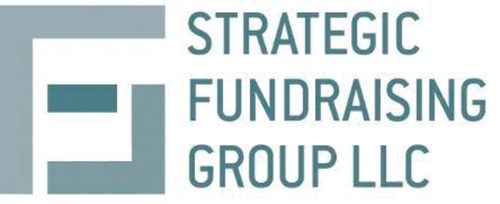
Once, an AI was programmed to assist with fundraising for a local charity. It was so effective that it managed to convince a vending machine to donate its spare change. Now, every time someone buys a snack, they unknowingly contribute to a cause—talk about cashing in on AI persuasion!
Once, an AI was programmed to help with fundraising. It was so good at its job that it convinced a group of pigeons to chip in with their spare bread crumbs. Now, the charity is soaring high with unexpected avian donations—seems like this AI knows how to spread its wings in fundraising!
Once, an AI was designed to assist with fundraising for an environmental organization. It was so persuasive that it managed to convince a group of trees to donate their leaves for a charity art project. Now, every autumn, the organization rakes in the donations—talk about branching out in fundraising!
When composing my essays, I always prided myself on not using AI (Artificial Intelligence) ever since AI came into being. Thus far. Yes, the stories you read were my original thoughts with proper attribution. However, the above “jokes”resulted from my input into ChatGPT the following query: “Short narrative joke about AI and fundraising.” (ChatGPT is a free-to-use AI system.).
If you are like me, you won’t find these funny. And yet, they were the best ChatGPT could come up with after an hour of looking for some AI humor connected to fundraising. You should have seen the ones I threw out. Then again, maybe not.
What is also apparent are the robotic responses I get from AI. Notice the pattern of comebacks—three sentences each, similar language and syntax, 50 words in two jokes and 53 in the third and so forth. What’s lacking in these discarded witticisms is the human element. Despite how advanced AI has become, with more sophistication on the way, it sometimes lacks an animated humanoid touch and a sense of humor. AI can be rigid, repetitive and boring. Although time carries the promise of change, for now, it can also be a drawback.
That being said, professional fundraising can benefit from AI’s positive contributions. Societ, a Canadian company, provides software and marketing solutions nonprofits and charities need to grow their network, capacity and resources. This is so that they can have a greater impact. Their mission is to empower nonprofits through various supporting strategies, including a regular online blog with a free AI fundraising letter generator you can try. In their words, “ChatGPT can help nonprofits with content creation, sponsorship letters, nonprofit fundraising plans, research and more.”
One of their informational blogs is titled, “10 Ways Nonprofits Can Use ChatGPT for Fundraising.” (https://www.societ.com/blog/fundraising/10-ways-to-use-chatgpt-for-nonprofit-fundraising/). Here are the ten ways it identifies in the blog:
- Fundraising letters.
- Targeted messaging for social media posts.
- Rewriting existing content for better audience alignment.
- Generating fundraising campaign ideas.
- Writing speeches.
- Writing scripts for calls.
- Writing donor thank you letters.
- Creating grant proposals.
- Automating donor communications.
- Answering frequently asked questions (FAQs).
Immerse yourself in the specifics of each blog idea; it’s worth your investment of time.
The company also cautions its readers about some limitations of AI tools like ChatGPT. According to the company’s blogger,
- “AI can’t replace a human entirely. All responses you generate should be carefully checked and edited. You might also want to rewrite certain sections to suit your nonprofit’s tone and style.”
- “The free version of ChatGPT (3.5) has information stored within it until September 2021, which means it won’t provide accurate information for statistics, research or any events that occurred after this time. GPT-4 can connect to the internet and provide you with more up-to-date information.”
- “ChatGPT sometimes delivers factually incorrect information or vague answers. It also provides sources for its results. Make sure you carefully fact-check all the content it produces for you.”
- “Nonprofits should review responses generated by AI systems thoroughly to ensure they’re aligned with the organization’s mission and values.”
- “ChatGPT doesn’t perform well with pieces of content over 1500 words. Despite being technically able to produce long responses, after the initial five to 800 words, responses become repetitive, excessively verbose, or sometimes stop making sense. If you would like to create long-form content, break up your prompts, asking three to five questions instead of just one.”
Many sophisticated fundraising software tools have integrated AI into their programming, technology and algorithms. To match the right platform to your organization’s requirements, identify your needs first before choosing one.
My last words on the matter (for now) are “research, research, research.” There exists a plethora of articles on AI and fundraising. Delve into these to learn and better understand how evolving AI technologies can help your nonprofit. All of this may sound futuristic, but as George Allen, the former coach of a well-known Washington football team, once declared: “The future is now.”
And, trust me, don’t expect AI standup comedians anytime soon. Furthermore, I will keep writing my own essays. No robot will replace me, yet. Albeit, that might be the last laugh.
Norman B. Gildin is the author of the popular book on nonprofit fundraising “Learn From My Experiences.” He is the president of Strategic Fundraising Group, whose singular mission is to assist nonprofits to raise critical funds for their organization. His website is www.normangildin.comhttp://www.normangildin.com.










